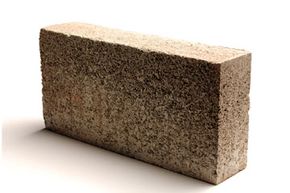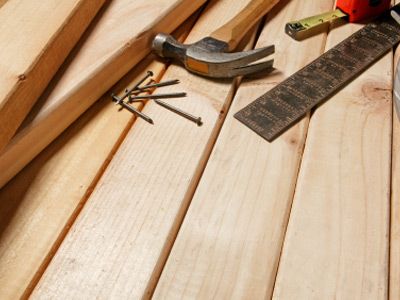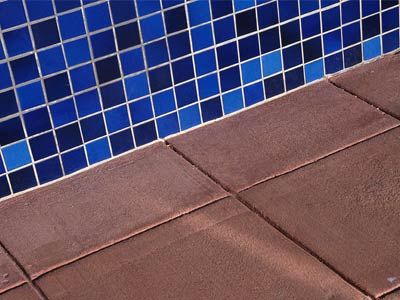No doubt you've heard the story about the big bad wolf that blew down the little pig's house -- you know, the cottage made from straw? If that wolf was a friend of the environment, he probably wouldn't have done that, because some straw houses, like the one built in 2010 by the University of Bath in Great Britain, are eco-friendly. British researchers built the Balehaus at Bath to study how renewable construction materials work. But central to the home's design is Cannabis sativa, more commonly known as hemp [source: BBC].
While using hemp as a building material might seem like a fairy tale, it's not. The Europeans have built hundreds of homes using hemp as one of the main construction materials. Many ancient societies once used hemp for a variety of industrial purposes, and now the plant is enjoying a renaissance as builders seek to design more green buildings. And apparently, hemp is not just renewable (farmers can grow it almost anywhere), it's also exceedingly good for the environment. The plant significantly reduces the amount of greenhouse gases entering the atmosphere while it's growing [source: BBC].
Advertisement
But don't confuse industrial hemp with its more familiar cousin, marijuana. Industrial hemp is cultivated to lower the level of the narcotic tetrahydrocannabinol, or THC, the chemical that gives marijuana its "high" [source: The Hemp Company]. You'd need to smoke at least 10 industrial hemp cigarettes to get the same feeling from one marijuana joint [source: NAIHC].
One common use of industrial hemp is for insulation. Go to the next page to find how hemp can help reduce your utility bills.
Advertisement



